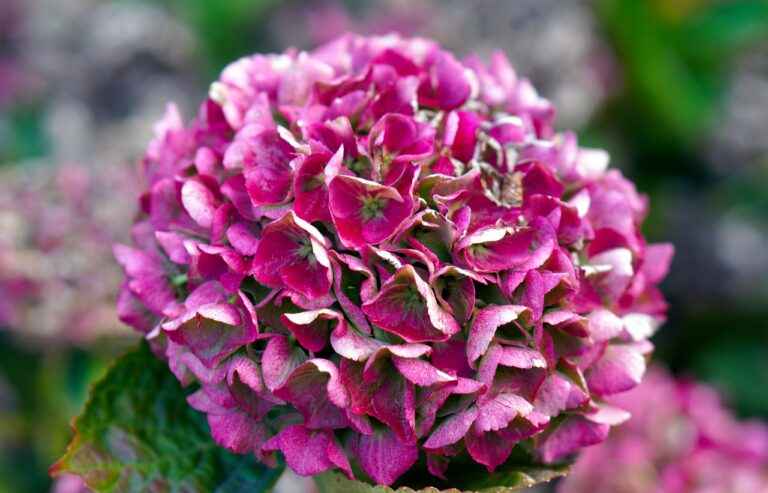How to protect Lavender in winter
On the threshold of autumn, when the last bumblebees leave the faded lavender flowers, it is time to prune the plant and prepare it for winter. However not every species of lavender can winter in the garden. See which lavenders can stay outside, how to protect lavender in winter so that it blooms beautifully next year, and how wintering lavender in the garden differs from wintering lavender grown in pots.
Which lavender hibernates in the garden?
The most often grown species In gardens, balconies and terraces are: narrow-leaved lavender (Lavandula angustifolia), intermediate lavender (L. intermedia), French lavender (L. stoechas) and Spanish lavender (L. dentata).
Narrow-leaved lavender winter best in soil. Intermediate lavender is more sensitive to frost, but it can also winter in the garden, provided that it is properly protected in winter. In contrast, French and Spanish lavenders must be moved to bright and cool rooms for the winter, or be treated as annual plants.

Below, I will explain step by step how to prepare the lavender left for winter outside for wintering.
Fertilizing lavender before winter
Preparing lavender for wintering should start in August. At this time, we no longer fertilize lavender with nitrogen-rich fertilizers, and start using potassium fertilizers that accelerate the lignification of the shoots.
You can use mineral autumn fertilizer for ornamental plants. This will improve the frost resistance of lavender.
If you prefer fertilizers of natural origin, basalt flour, which additionally immunizes plants thanks to the high content of silica, is perfect for the autumn fertilization of lavender.
In autumn, lavender should also be sprinkled with compost, which will not only provide the plant with the necessary nutrients, but also improve the structure of the substrate.
Pruning lavender before winter
Another important element is the proper pruning of lavender before winter. This treatment is performed at the end of summer, by mid-September at the latest, so that the young shoots have time to fully develop and become lignified.
The dry flowers are cut off along with a few centimeters of green shoots. The brown parts of the stems that are heavily woody must not be trimmed. If you miss the fall pruning date, it is better to wait until early spring with it. Under no circumstances should you prune the lavender in October or November!
How to protect lavender in winter – growing in the garden?
Lavender shrubs should be covered after the first frost – when the temperature is below zero for several days.
Narrow-leaved lavender and intermediate lavender hibernating in the soil must first of all be sheltered from strong and cold winds. It is especially dangerous for these plants during snowless winters.
Lavender can be covered in winter with coniferous branches, straw mulch, or a white agrotextile can be spread over it, which should be stretched on a rack made of stakes. Lavenders are never covered with agrotextile for the whole winter.

In periods of thaw with rainy and humid weather, lavender should be uncovered to ensure adequate air circulation. Otherwise, it is easy for plants to rot and fungal diseases to develop. The base of lavender shoots is additionally covered with a layer of bark, earth or peat.
How to protect lavender in winter – growing in a pot?
It is slightly more difficult to protect lavender grown on balconies and terraces. If possible, after the first frosts, the lavender pot should be pitted in the ground in the garden, and then covered in a similar way as lavender grown in the ground.
In the event that we do not have a garden, the lavender in the pot must be secured otherwise. The most common method is to place a lavender pot on top of a layer of insulation (e.g. polystyrene or thick cardboard) in a secluded and sheltered part of a balcony or terrace.
The walls of the pot should be tightly covered with a straw mat or a thick fleece, and the entire lavender covered with agrotextile. However, only narrow-leaved lavender can be stored in this way.
You must store the other species of lavender in cool and bright rooms during the winter. The recommended wintering temperature for lavender is 5-10 ° C.
Before moving lavender to the wintering site, gradually reduce watering. During wintering, lavender is watered sporadically, just enough to prevent the substrate from drying out completely. In spring, the plants should be strongly pruned and after May 15, when the danger of spring frosts is over, take them outside again.







